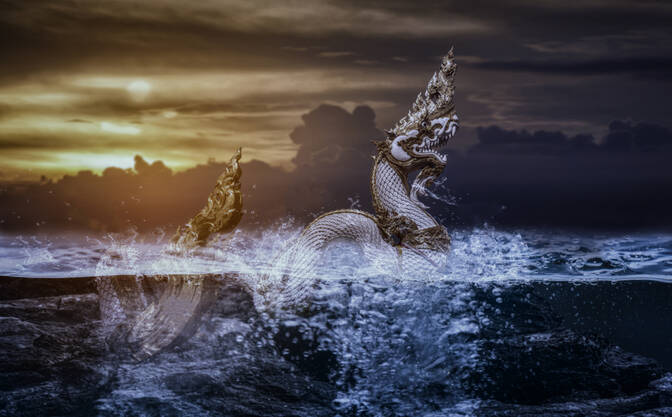National Sea Serpent Day
August 7, Thursday

When it is celebrated
The holiday is observed annually on August 7. The date is presumably linked to one of the well-known sightings of a sea serpent off the coast of Gloucester, Massachusetts, in the early 19th century.
Origin of the holiday
Sea serpents are creatures featured in maritime legends across the world, from Norse sagas to Japanese folklore. In the 1800s, many sailors and travelers reported alleged encounters with giant serpentine creatures in the water. One of the most famous sightings occurred in August 1817 in the United States, which may have inspired the choice of the date for this celebration.
Goals of the holiday
National Sea Serpent Day aims to:
* remind people of the richness of myths and maritime folklore;
* spark interest in natural mysteries and cryptozoology;
* encourage scientific and historical research into reports of "sea monsters";
* serve as a reason for creativity, imagination, and fun events.
How it is celebrated
On this day:
* people read books, articles, and legends about sea serpents and cryptids;
* watch movies and documentaries about sea mysteries;
* children create crafts and drawings of mythical creatures;
* some museums and science centers hold themed exhibitions;
* people share illustrations and stories on social media with the hashtag #SeaSerpentDay.
Mythology and culture
* In Norse mythology, Jörmungandr is a giant sea serpent that encircles the world.
* Old nautical maps show images of serpents and monsters marking unexplored areas.
* Some believe real sea animals (such as giant squids or oarfish) might have been mistaken for sea serpents.
Meaning of the holiday
National Sea Serpent Day blends fantasy and reality, inviting people to reflect on how legends form, how nature inspires myths, and why sea mysteries continue to capture imaginations around the world.
